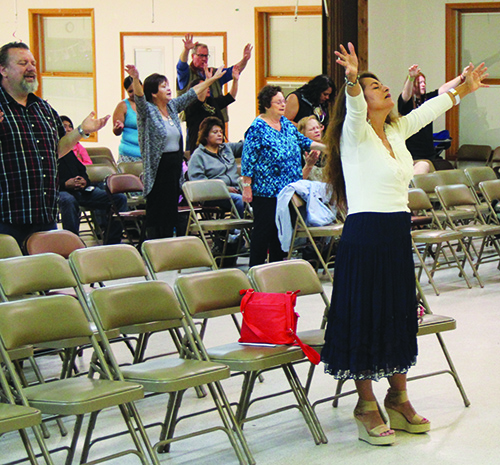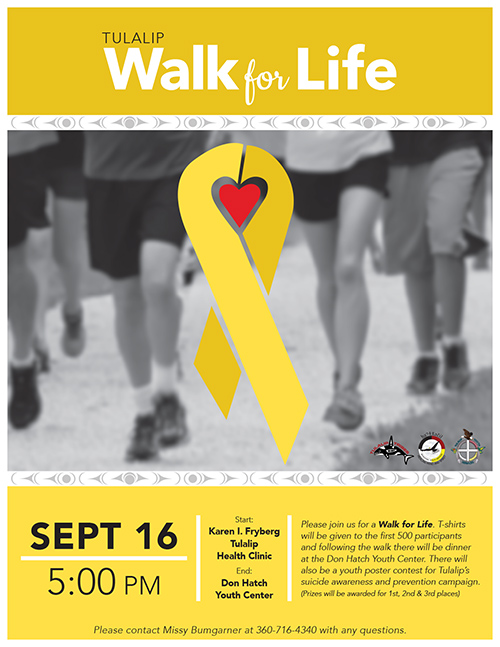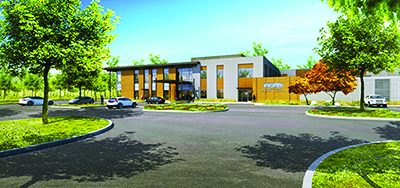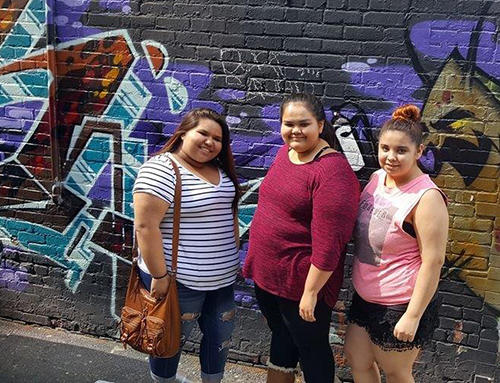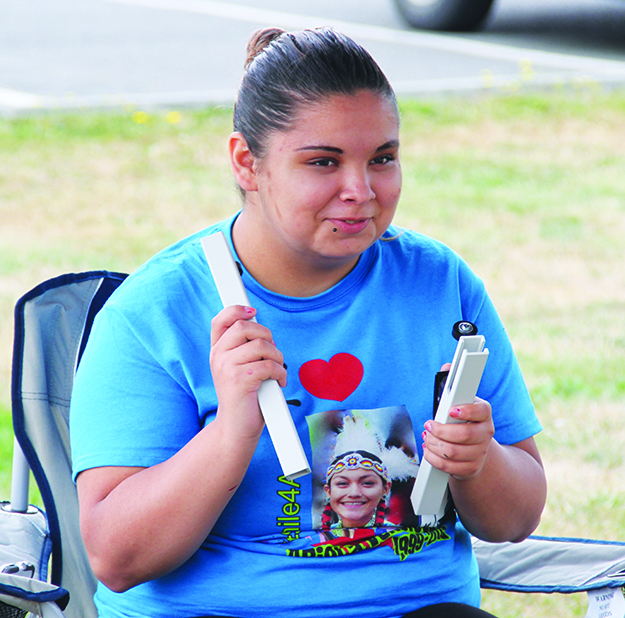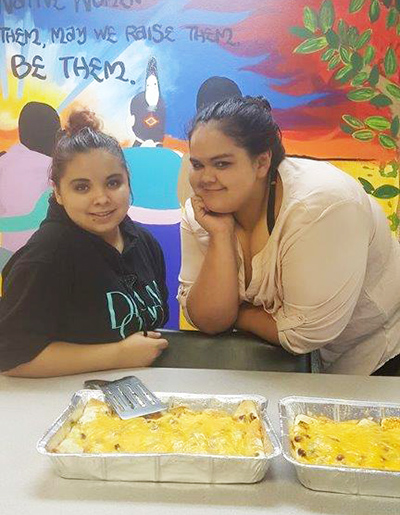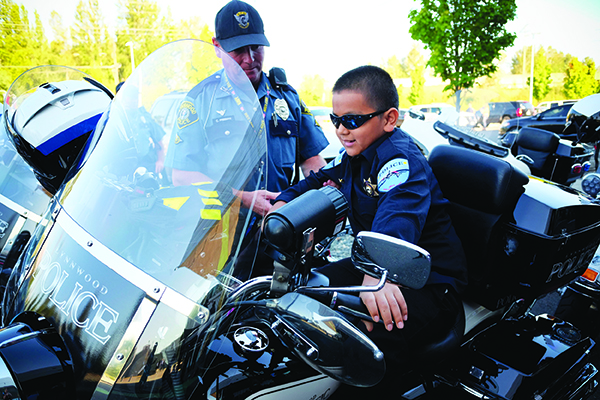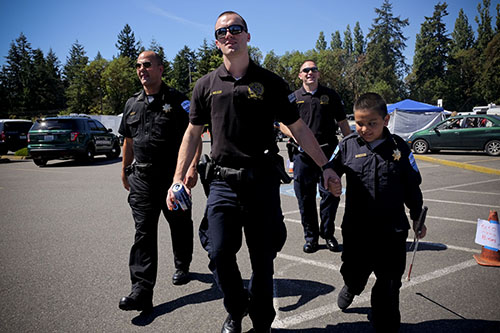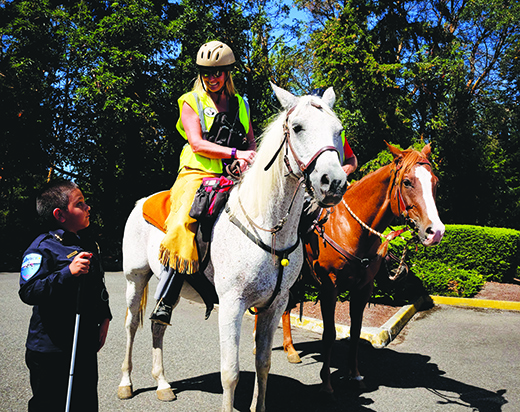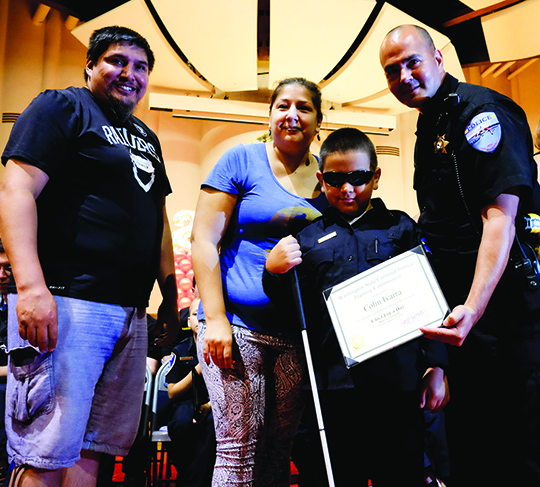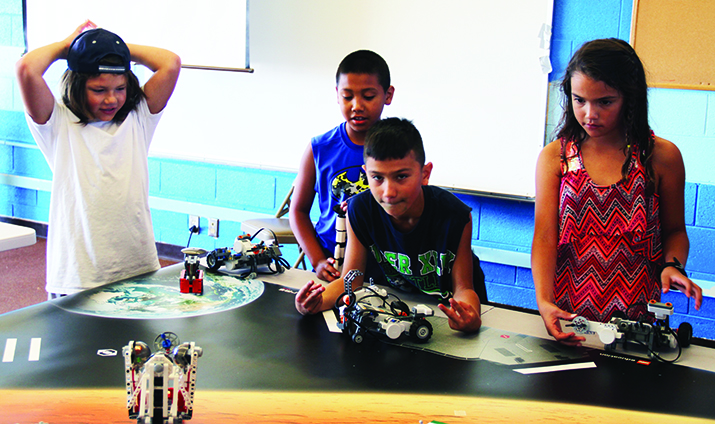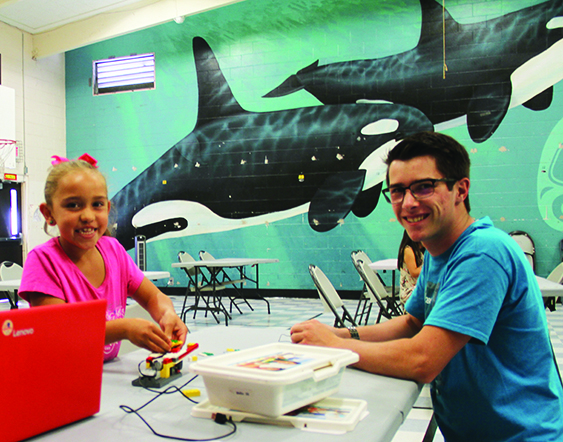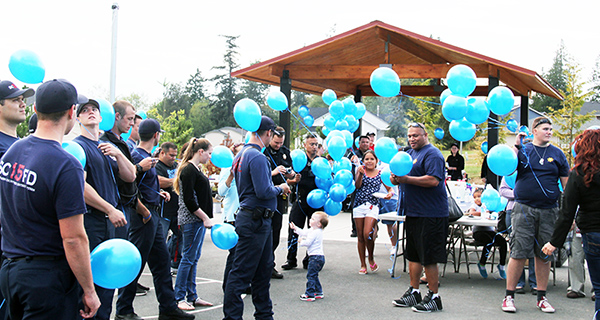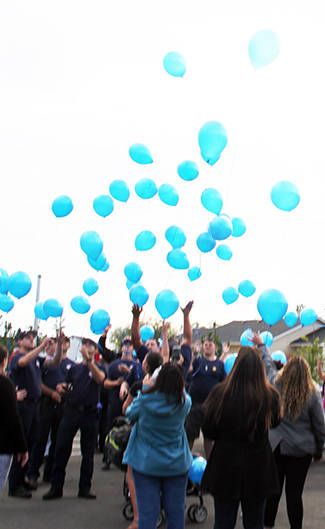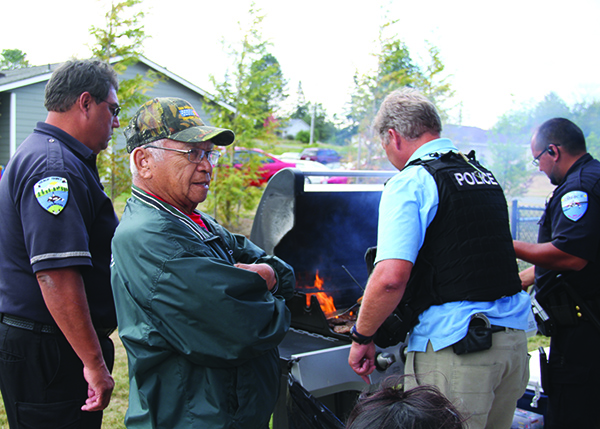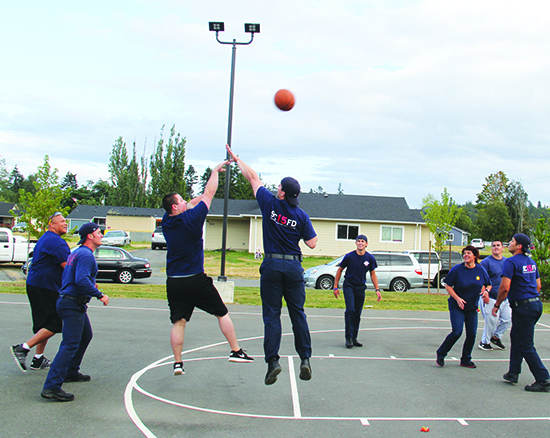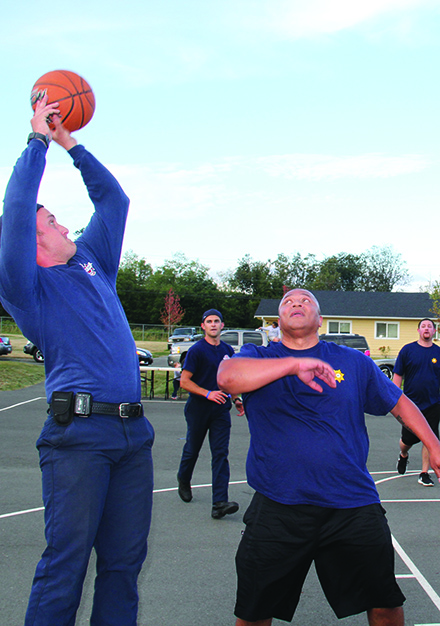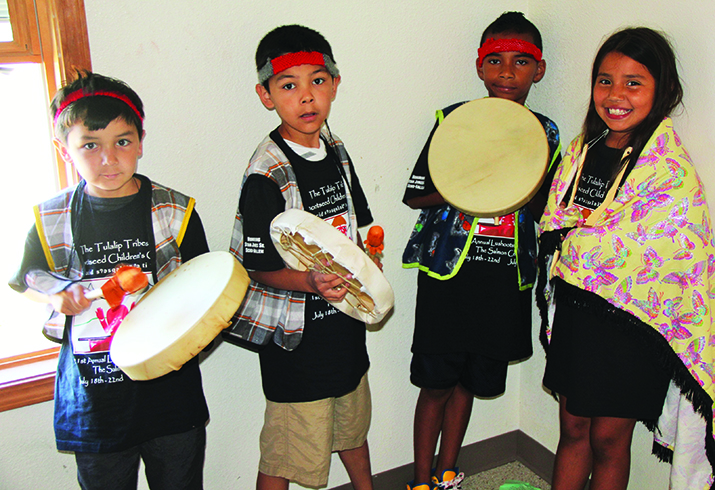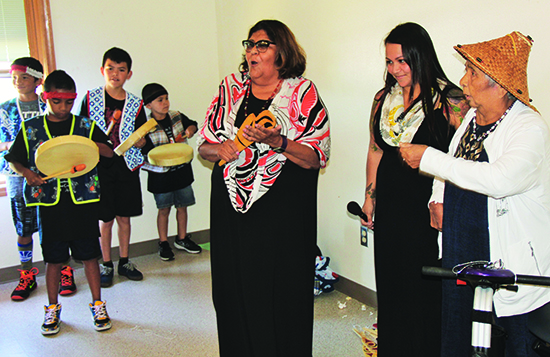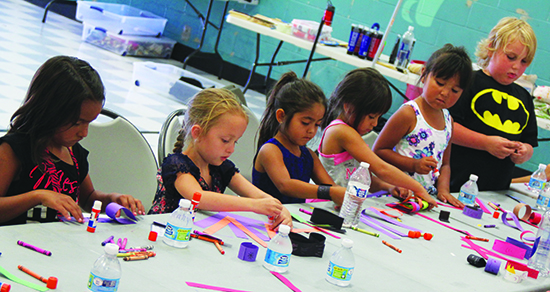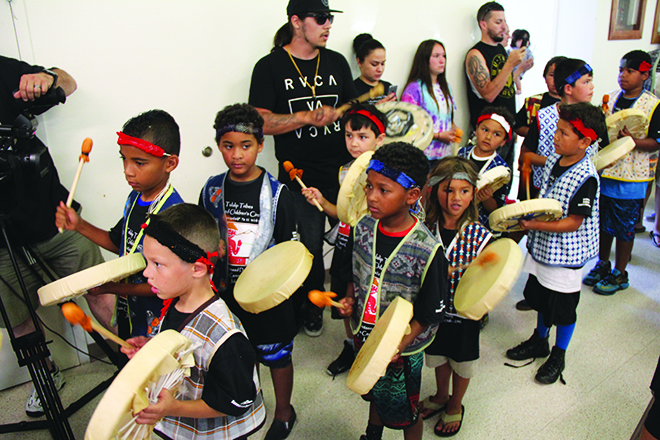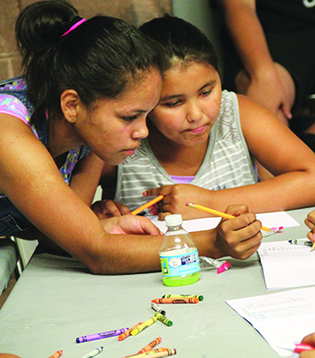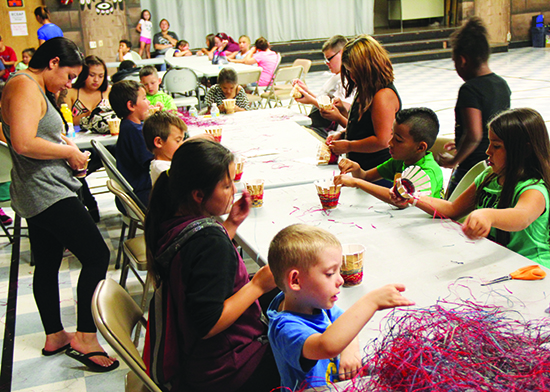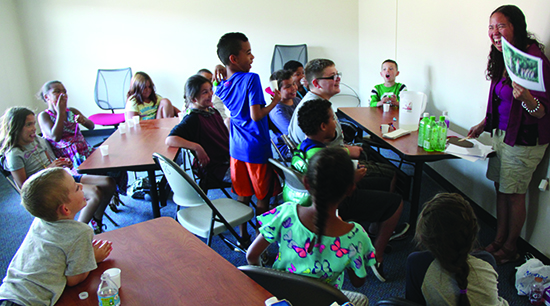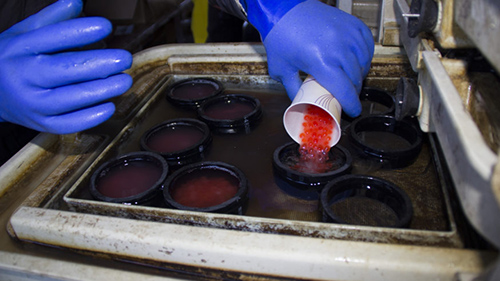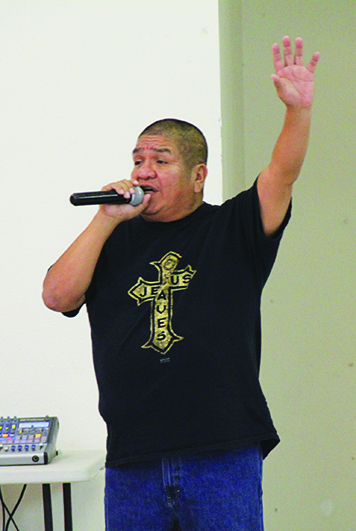
community
By Micheal Rios, Tulalip News
About fifteen years ago, tribal member Ron Iukes set out on a mission to benefit his community and fellow followers of Jesus Christ. The mission was a long, winding road that saw a small church choir turn into a full-fledged church, now called the Tulalip Worship Center.
Located at the old housing building in the Silver Village neighborhood on the Tulalip Reservation, the Tulalip Worship Center is led by Pastor Ron who is determined to help all who seek his teachings to walk by faith.
The Tulalip Worship Center offers four different evening services, all at their location in Silver Village. Monday nights at 7:00 p.m. is dedicated to bible study and recovery, Wednesday nights at 7:00 p.m. is mid-week service, Friday night is called ‘Friday Night Live’ and intended for the more youthful 18-25 age group. Then there is the customary Sunday night service.
“This isn’t an Indian church, this is a God church,” explains Pastor Ron. “We have a lot of different visitors. One good friend of mine said, ‘You have a bouquet of flowers in your church. You have different colors, different races, and different nationalities uniting through Christ.’ It’s not about certain denominations, it’s about Christ. It’s pretty awesome. I love it.”
The latest chapter to Pastor Ron’s mission is to engage and empower the youth, in particular he has set out to help the young people who are fighting the demon known as addiction.
“Recently, we started to see a lot of our young people coming out of addiction or battling their addiction, whether it be with heroin, with meth, or some other drug, and they are hearing the spiritual call,” says Pastor Ron. “The work we do here is all about encouraging those young ones who need to fill the spiritual void in their life. It’s spreading like wildfire. Our young people are growing and coming in to learn about their spirituality.
“The one thing I tell the young people coming out of addiction is that in the 12-step program they work on their emotional, mental and physical aspects, but they don’t really reach out to their spiritual side. Here at the Tulalip Worship Center, we focus on spirituality first. Having a faith to stand on and depending on the word of God is so important. They learn that no matter what the circumstance may be they can always depend on their faith and the word of God, which becomes their strength.”
It may be difficult for some to understand the impact church and spiritual strength can have on those afflicted by addiction, especially heroin and meth addiction. Yet, several Tulalip tribal members who swear by the teachings of Pastor Ron and the Tulalip Worship Center were willing to share their stories and experiences with See-Yaht-Sub readers. They hope their stories can give hope to those currently struggling with addiction and give added strength to those on the road to recovery.
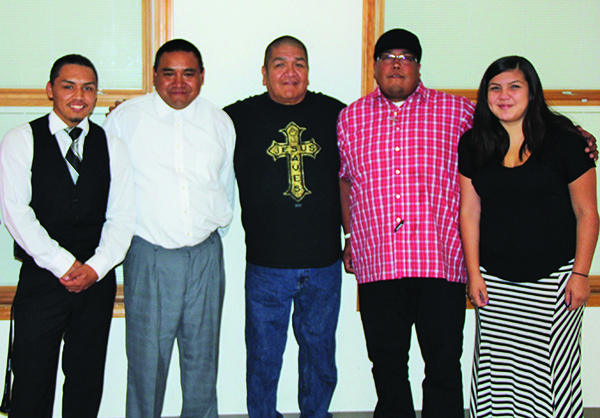
Jaida Maltos, age 19
“I used heroin and meth for four and a half years. It wasn’t until I came to the Tulalip Worship Center, accepted Ron as my pastor, and asked God into my life that I was set free from my addiction. Since that moment I haven’t touched those drugs. No man or thing could have done that for me. I thought I was going to die in active addiction. I didn’t think there was any helping me. I thought I was so deep into my addiction that no one could pull me out, but by the grace of God I’m here and I am five months clean.
“I went to jail and when I got out Ron found me and introduced me to his church. I’ve been clean ever since. I didn’t really believe in God before I came here. As a kid, I grew up going to church, but being in my addiction for so long I didn’t think there was a God. I came to the church to test things out and see what it was all about. I’ve been here ever since.
“My advice to young people with addiction is this, there is nothing else that can really pull you out of your addiction except for God. That’s what I believe because that’s what I experienced. I tried everything else. I went to treatment, I tried detox, and I even went to jail. None of those things helped me to get clean and stay clean. It wasn’t until I asked God into my life that I’ve been able to remain clean.”
Keith George, age 24
“I grew up with church being my foundation. I was in the kids’ choir and traveled around to lots of churches singing. I eventually transitioned to playing the guitar for the church band. I did that until my senior year of high school. After high school I started hanging out with the wrong crowd and doing the wrong things. My addiction started with drinking and that led to me using pills and weed. Chasing the high from the pill overtook me and I would use so much until finally I moved out, away from my family. I wanted to be away from my family because I was using. I felt shame and guilt for what I was doing, but I wasn’t able to stop. The negative feelings of shame and guilt continued to build, then I started to use heroin and meth. I was using those for three and half years.
“I knew that church is the only thing that could change me completely. I didn’t want to use Suboxone or Methadone to wean off my addiction, I wanted it stopped completely. I look at Suboxone and Methadone as a legal way of using because they are prescriptions that alter your mind and there are still withdrawals. Church was the thing that could save my life.
“Towards the end of my drug use I was in depression and had suicidal thoughts. I knew that wasn’t me and to get back to the person I knew I could be I needed the church and my family. Without my church and family I wouldn’t have been able to make it. In my time of most need and help, when my addiction was at its strongest, I was able to go to them. I needed encouragement, I needed prayer, and I needed to feel their love. I’ve been clean now for almost two years.”
Nathaniel Zackuse, age 41
“The first time I attended the Tulalip Worship Center everyone welcomed me with open arms and helped show me the way of our lord. Ever since, God’s been blessing me with my sobriety and my new way of life.
“My addiction was alcohol, weed and meth. I tried it up at the Healing Lodge. When I was there we’d go to A.A. meetings and that’s how I heard about Ron’s church. I thought to myself I’d like to try that out. After my first time attending the church I didn’t want to stop going. I’ve been attending a little over four months now.
“Ron’s words are comforting to my heart. God working through him is something else. It’s a much more personal experience here with Ron and the church family than it was at the Healing Lodge. The word of God that Ron preaches speaks to me and helps my everyday life. All the people who attend and share their testimonies, their journeys, helps me out, too.”
Joseph Tom, Sr., age 37
“On July 18, 2014, I came to the church addicted to heroin, meth, pills and alcohol. Any kind of drug I could get my hands on that was me. On that day, July 18, I came in and got prayed for, I put my hands up, and I got touched by God. It was no less than a miracle. God healed me, he healed my body, and he healed everything in me. He took all that addiction away from me.
“Heroin and meth makes people real sick if they don’t have it, the withdrawals are brutal, but after not using the next day I wasn’t sick. I had no cravings at all for what I’d been doing. Right then, I knew it was real what God did for me. There is no man in this world that could have done what happened that night. I know it was a miracle.
“At the time of my testimony I was on heroin and meth for around ten to eleven years. I was real bad, plus I was doing pills and hitting the bottle heavy. I’ve been clean ever since that day. It’s been two years and two months since that day. The word of God has been my strength. Standing on his promises and knowing what he did for me, healing me of my addictions. Having that personal relationship with God and having Ron and the church family here to pray for me is the best kind of medicine.”
These are but a few of the individuals reaching out to demonstrate what the Tulalip Worship Center is capable of providing. Led by Pastor Ron and his passion for helping others, the doors are always open, welcoming anyone and everyone.
“In our church we say ‘sheep bare sheep’, the young ones who have overcome their addiction through faith are positive examples to other young people,” says Pastor Ron. “It’s a blessing to see the lives change, to see these ones come in strapped on heroin and meth and then to witness them give their heart to God. We’ve built a core to surround them with, to help them on their good days and their bad days. Some of them who’ve come in didn’t have jobs or a place to live. Now, they have jobs, places to live, and a testimony that can change lives. The young people are coming in more and more. We are here for them when they are ready.”

